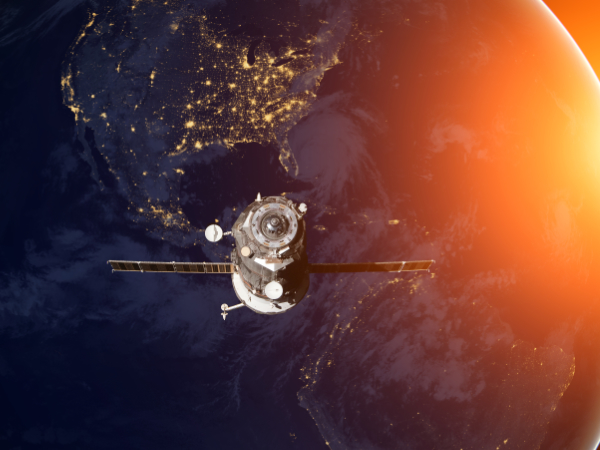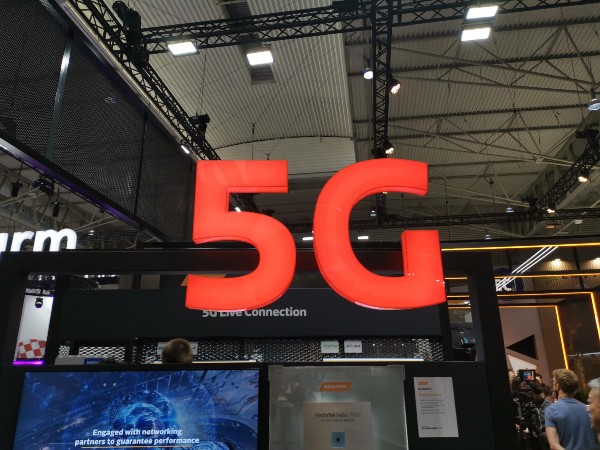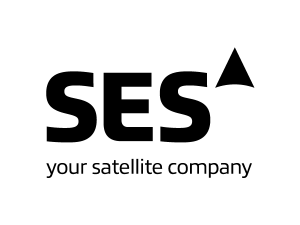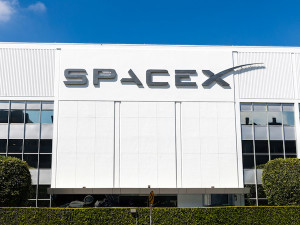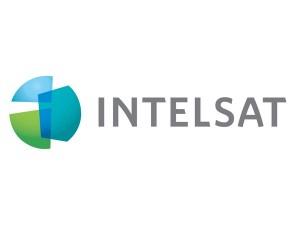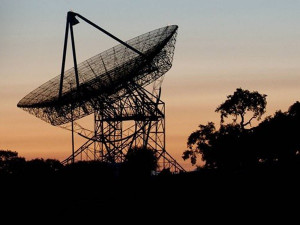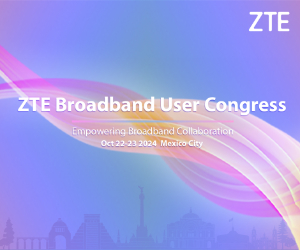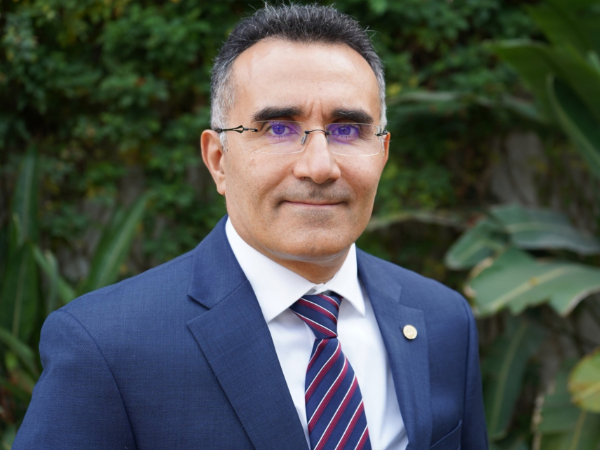SES’ recent purchase of Intelsat is the latest example of major consolidation within the geostationary orbit (GSO) satellite sector, following on from mergers between Eutelsat and OneWeb as well as Viasat and Inmarsat.
Some industry observers have painted the buyout as a rescue of Intelsat, as the company emerged from bankruptcy protection in 2022. However, given the wider backdrop of consolidation, it’s evident that SES considers the purchase a strategic move to safeguard its business against impending threats to the GSO sector.
The threat in question is the increased prevalence of LEO (low earth orbit) and medium-Earth orbit (MEO) satellites – and specifically, SpaceX’s Starlink, which has a vast constellation of LEO (low earth orbit) satellites in place and is rapidly acquiring licences to operate in markets globally. This model allows the firm to start delivering connectivity as soon as it obtains an operating licence – and since having an in-orbit fleet with ready-to-go satellite services is a highly attractive proposition for developing countries, Starlink’s traction in these regions seems unstoppable.
According to Comsys analyst Jeremy Rose, this has as much to do with the clout of SpaceX’s owner as its technology – the firm is owned by Elon Musk, and while his opinions are certainly divisive, it’s hard to argue that his name carries a lot of weight. “The rocket science is the easy bit - the difficult bit is the go-to-market strategy. A lot of this [consolidation in satellite] is reacting to the SpaceX issue…[Musk has] completely upturned the business and the technology, and so [incumbents] are trying to figure out how to react to that with somebody that everybody in the world has heard of.”
If you can’t beat ‘em…
Regional satellite players appear to be taking the “if you can’t beat them, join them” approach - Rose cites the example of Malaysia’s MEASAT, which joined forces with a Starlink distributor around six months after the company received an operating licence for the market.
From the outside, it appears that LEO and MEO have rather eaten the lunch of the GEO incumbents, who invested in GSO based on a 25 to 30-year period of ROI. However, in the meantime the capabilities offered by LEO and MEO technology have effectively caught up. Rose argues that GEO is still very much relevant despite an increasing perception that non-geostationary orbit satellites are the way forward.
While these offer low latency, they have issues with capacity density – and Rose argues that latency isn’t enough of a selling point to allow the technology to supersede GEO satellites. LEO companies often try to spin it this way, presenting the idea that being closer to the earth means a better link, but in reality it’s just different. The advantage for GSO providers is that they have a single software-defined satellite with movable capacity, so they can identify areas with high customer density and concentrate their coverage.
However, Rose notes that NGSO satellites only last for a few years, meaning the technology is refreshed frequently and updated with each new generation. This means they can increasingly offer capabilities that were previously exclusive to GSOs, plus maintenance is typically simpler. Rose cites the example of a cyclone disrupting coverage – GSO terminals need to have their dish manually repointed by a maintenance team, whereas Starlink terminals can be stuck back on their pole, plugged in, and be fully functional within five minutes. The service isn’t enterprise standard, like Eutelsat OneWeb’s product, so it doesn’t offer guaranteed levels of service, but this isn’t necessarily an issue for most – particularly in emerging markets.
Plug and Play
What’s most attractive about Starlink in these regions is that they can plug into any location on the globe as soon as it has market access. This ready-to-go fleet has quickly allowed Starlink to become ubiquitous, and this seems to be its core focus, ahead even of profitability. “[Musk] doesn't have quarterly calls to justify what's going on”, says Rose. “Eutelsat…were saying that their second generation of OneWeb has to be financed by the first generation, and that implies that they don't reckon that the markets are going to finance the second generation. That's not going to be easy.”
It’s clear that competition from Starlink is a key factor impacting the incumbent GSO providers – it’s fuelling consolidation, it may cause redundancies, but the most tangible reaction is the widespread adoption of multi-orbit strategies. UK-based GSO provider Avanti announced a few months ago that it would adopt such a strategy, with CEO Kyle Whitehill saying in an interview that following a debt for equity swap, Avanti was instructed by its shareholders to implement a multi-orbit strategy as it needed to provide both GSO and NGSO.
Rose however is sceptical of such an approach. “I don’t think that’s the case – the old GSO is far from dead. Will it come back? It should do, because it’s got some significant advantages - but you may see some of the regional players not making it, for…not being able to adapt significantly quickly enough. And maybe that’s what’s driving the consolidation – “We don't think we can survive as tiny little guys, we need to be able to consolidate and fight together. My enemy's enemy is my friend.”

